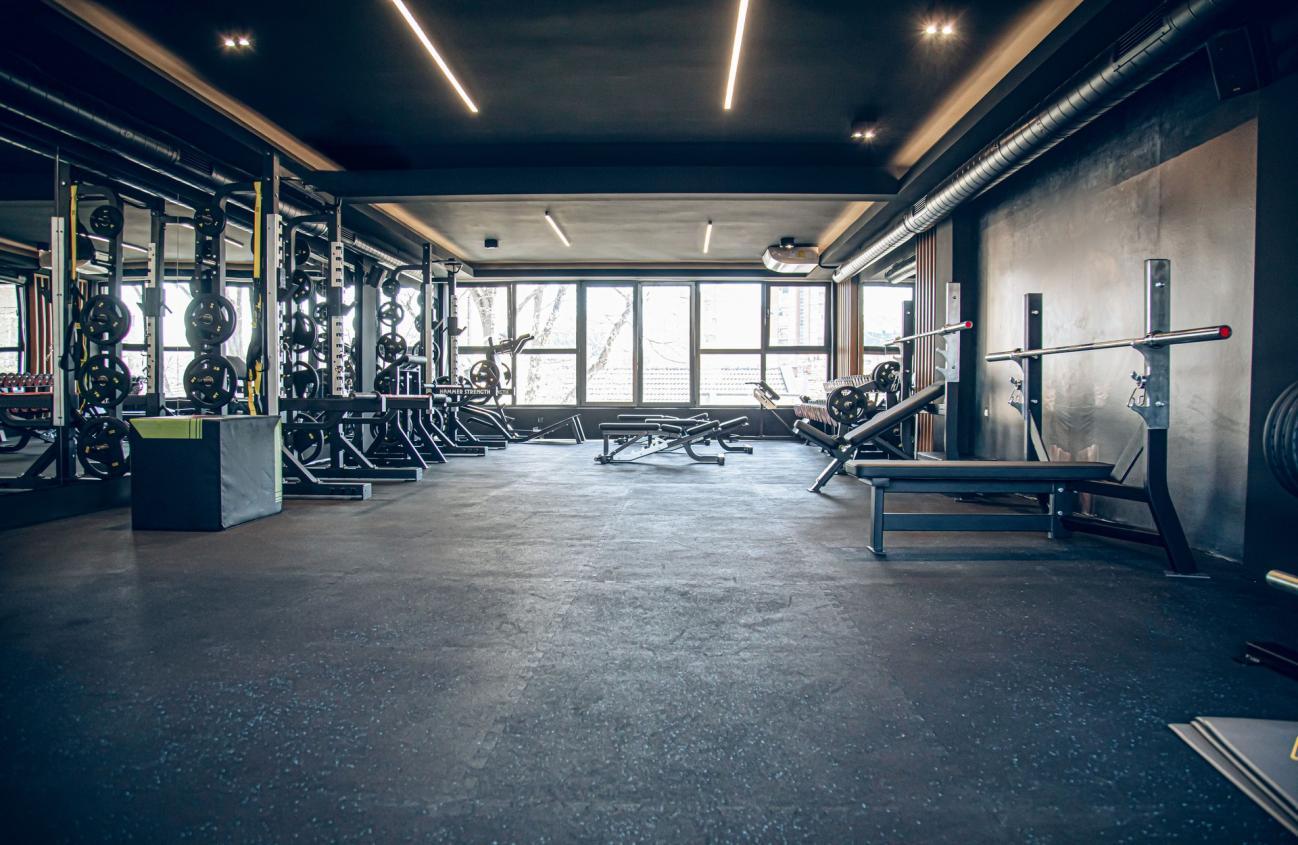What to Consider When Designing a Fitness Center

Designing a fitness center goes beyond choosing equipment and paint colors. It is about creating an environment where members feel motivated, safe, and inspired to return day after day. Whether you are planning a boutique studio, a large health club, or a corporate wellness space, effective fitness center design can be what makes the difference between a successful facility and one that can’t retain members. From lighting and design to branding and usability, every detail matters in shaping the user experience.
Understanding Your Audience First
The key to successful commercial gym design is understanding who will be using the space. Are you creating a high-energy youth space for young adults, a family-oriented community club, or an executive club with corporate members? Each of these segments has its own specific requirements. Families will ask for child-friendly areas, while corporate fitness clubs do well with quick-access exercise spaces for time-constrained employees. Taking time to understand your members’ goals and preferences ensures that the design reflects their lifestyle and keeps them engaged.
Layout and Flow
A well-planned layout is essential for any fitness center design. Poorly organized spaces can feel chaotic and even unsafe, while a thoughtful flow encourages smooth movement between zones. The key is to divide the rooms into cardio, strength training, functional training, and group exercise areas. Not only does this organization raise member satisfaction, but it also reduces the risk of accidents. Suitable walkways, accessible positioning of equipment, and clear signs enhance comfort and safety.
Lighting and Ambience
Lighting shapes the mood of a fitness center. Dim, poorly lit areas can feel uninviting, while overly harsh lighting may create discomfort. In commercial gym design, a balance between natural light and carefully planned artificial lighting works best. Broad open spaces for functional training and cardio pump up members, but gently lit yoga or stretching rooms foster relaxation. Proper lighting supports your brand identity and your fitness experience.
Ventilation and Indoor Air Quality
Air circulation is overlooked but plays an important role in member comfort. Stale or musty air in a gym will discourage repeat business. Well-functioning HVAC systems supply fresh ventilated air and comfortable temperatures. Zoning systems offer additional temperature and airflow control for big gyms that are zoned. Ventilation must rank as one of the top priorities when creating a health club since it impacts safety and satisfaction directly.
Technology Integration
Modern members expect fitness centers to be tech-savvy. Features like smart access systems, digital check-ins, interactive training equipment, and virtual fitness classes not only improve convenience but also support engagement. Technology also makes operations easier by generating information on member usage trends that enable you to optimize the facility in the long run.
Branding and Aesthetic Appeal
Your fitness center is a reflection of your brand. The design should align with your values, whether you are aiming for luxury, energy, or community. Color palettes, materials, signage, and overall decor all contribute to creating a cohesive identity. A fitness center with a strong, consistent brand presence not only attracts new members but also builds loyalty among existing ones. This makes branding a critical aspect of fitness center design.
Safety and Accessibility
Having an attractive, well-designed, safe and accessible facility is paramount in the current fitness industry. Accessibility needs to be built into your commercial fitness center design so that individuals of any ability and age are able to freely use the facility. Non-slip finishes, accessible approach routes, sufficient room on either side of equipment, and complying with accessibility regulations all reduce risk and optimize a comfortable experience for everyone.
Durability and Sustainability
Fitness centers receive high volumes of traffic, so products need to be highly durable and easy to maintain. Flooring and wall finishes, as well as equipment, need to be chosen with durability in mind. Sustainability becomes more of an issue as well—green flooring, LED lighting, and energy-efficient HVAC systems not only minimize environmental impact but also minimize operating costs.
Flexibility for Growth
The fitness industry is one that is constantly evolving, as each new exercise craze appears on a regular basis. Your fitness center design needs to be flexible so that spaces can be reconfigured as member preferences shift. Designing with adaptability in mind helps future-proof your investment and keeps your facility competitive.
Final thoughts
An effective commercial gym design blends functionality, attractiveness, technology, and branding in a building that inspires members but prioritizes long-term business goals. By careful consideration of member’s needs, floor plan, ambiance, safety, and sustainability, you can create a building that is phenomenal and keeps members coming back. In the end, great design transforms a gym into more than a place to work out—it becomes a community hub for health and wellness.




